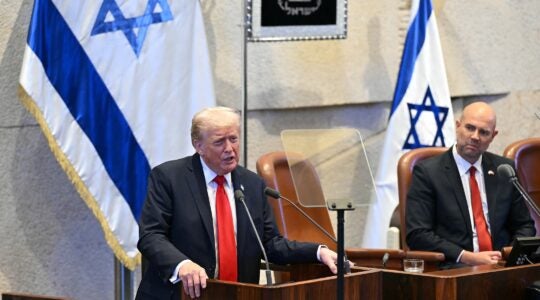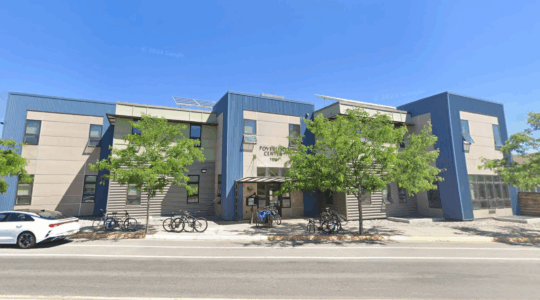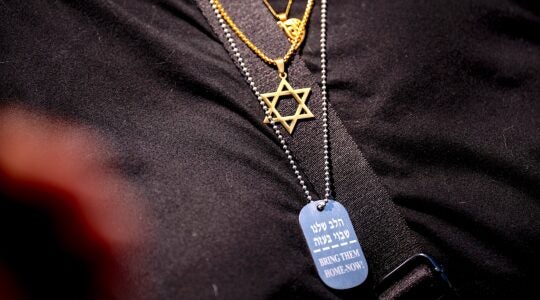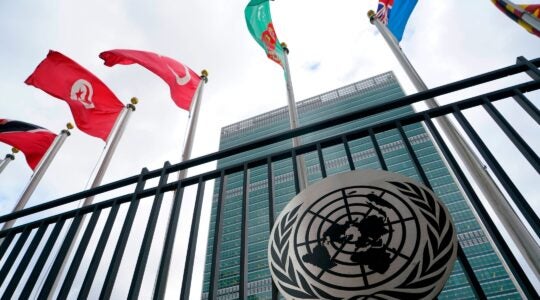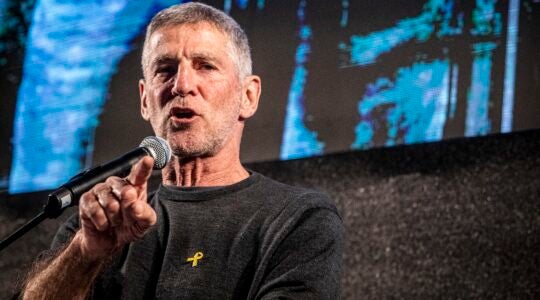On Dec. 6, 1987, the Freedom Sunday for Soviet Jews became the largest Jewish demonstration ever to take place in Washington, D.C.
Beginning with the rise of communism, Soviet prohibited from emigrating by restrictive Soviet policies that saw the imprisonment of thousands of Jews.
In a 2011 essay for JTA, author Gal Beckerman explains that one reason the plight of Soviet Jews resonated with the American Jewish community was a self-consciousness regarding the the latter’s inability to further mitigate the loss inflicted upon the European diaspora during Holocaust.
American Jews were psychologically scarred from not having done enough to help their European brethren during World War II, and for Soviet Jews there was a scar that ran the length of the Iron Curtain, a physical separation from the Jewish people and spiritual disconnect from the past and heritage.
Freedom Sunday, a gathering of 250,000 Jews in Washington, represented the culminating demonstration of a movement that first coalesced on May 1, 1964 with the founding demonstration of the Student Struggle for Soviet Jewry outside the Soviet Embassy to the United Nations. Over the course of those decades, a grassroots movement evolved through letter-writing campaigns, boycotts of major companies and began to form new organizations and campaigns urging the release of prisoners and freedom of mobility for their families and fellow Jews.
Jewish Agency chairman Natan Sharansky, perhaps the most famous of the imprisoned “refuseniks” who was released several months before the rally, recalled the event during the 2012 Jewish Federations of North America General Assembly:
I remember the fear of that day when in the morning it seemed like there would be rain, Oh my G-d! and then in spite, 1 hour sun, 1 hour rain and then suddenly this sea of people come, hundreds of thousands of people are coming from all over America. It was so, so inspiring. And then, by the way, all the Jewish organizations who all participated and mobilized all their resources to see the leaders of establishment, the leaders of grassroots coming together in this podium and dancing and saying “we have won” that was the big triumph of this movement.
To commemorate the anniversary of the march and reignite a discussion about the potential of the American Jewish community to rally around a cause, Freedom 25 has created a “virtual march” with online events, petitions and educational programming, with hopies of enlisting “1 million people online to celebrate this defining moment in Jewish and human rights history.”
An example of one of Freedom 25’s educational videos — an interview with parents of Google co-founder Sergey Brin, who participated in Freedom Sunday in 1987 — appears below:
Freedom 25 also plans to promote the movement to free Soviet Jewry as part of classroom curriculum to keep the historic gathering relevant for future generations.
Did you participate in Freedom Sunday? What ways do/should those who experienced the event explain it to Americans born after the collapse of the Soviet Union?
JTA has documented Jewish history in real-time for over a century. Keep our journalism strong by joining us in supporting independent, award-winning reporting.

